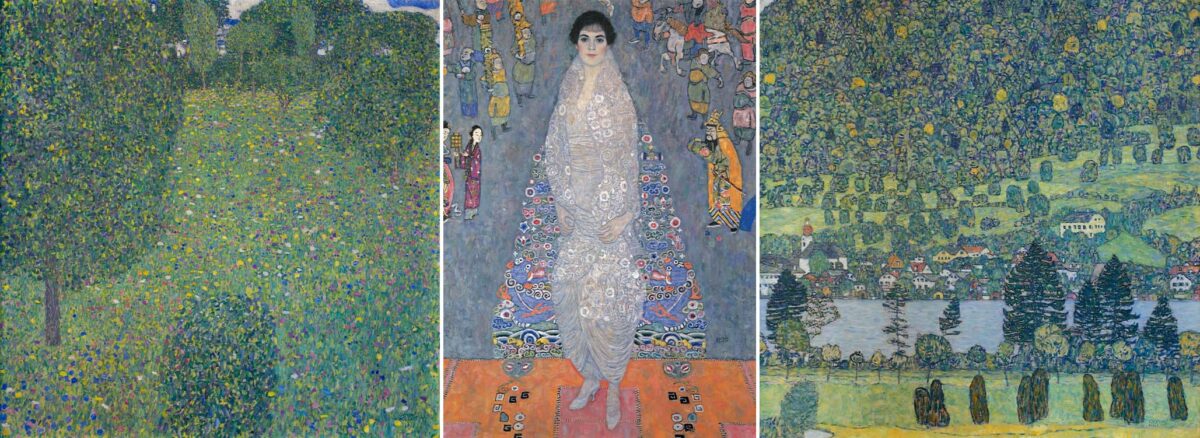Fabergé’s Winter Egg Heads to Christie’s
Fabergé’s Winter Egg, with thousands of tiny diamonds, is set to sell at Christie’s. That single line captures why collectors and museums are already leaning in: this is not just jewelry, it’s a piece of applied history. The egg’s reputation alone sends attention across auction floors and gallery rooms.
Fabergé eggs occupy a unique spot between decorative art and high jewelry, made famous by the House of Fabergé for Russian imperial clients. Each piece combines technical skill—miniature engineering, enameling, gem setting—with a storytelling impulse built into a small object. For connoisseurs, that mixture of narrative and precision is everything.
The “Winter” designation hints at a seasonal theme translated into materials and finish. Thousands of tiny diamonds can create frost-like sparkle, while translucent enamel and delicate metalwork shape light and shadow. The result reads as both jewel and miniature work of art when viewed up close.
Christie’s will handle the sale, bringing the egg to a global audience of bidders and institutions. Auction houses like Christie’s package provenance, condition reports, and catalog research to position a piece, but buyer interest ultimately sets the tone. High-profile sales also allow museums and private collectors to test appetite for rare decorative objects.
Provenance and documentation matter hugely for objects of this kind because history is part of their value. When a piece can be traced through ownership, exhibitions, or archival references, it moves from anonymous objet d’art to a named artefact with a backstory. That traceability often shapes both price and future scholarly attention.
Condition is another critical factor and it is unusually complicated for pieces that combine multiple materials. Enamel can crack, mountings can be altered, and tiny gemstones require meticulous assessment to determine originality. Auction specialists will scrutinize the egg’s state and detail any restorations or replacements in the catalog notes.
Technical quality and rarity interact with market dynamics to influence outcomes. A superbly preserved Fabergé with original parts and unusual design elements draws more competition than a similar piece with heavy restoration. Collectors weigh aesthetic pleasure alongside investment logic when they step into the bidding ring.
Museum acquisitions often follow headline-making auctions because public institutions want to secure items that tell larger cultural stories. A purchase by a major museum can elevate an object’s scholarship and public visibility, while private buyers may quietly add it to an elite collection. Either path reshapes how the object is seen in future exhibitions and publications.
The sale will also be watched for what it signals about the market for antique luxury and decorative arts more broadly. Strong results can revive interest in a category, prompting curators and collectors to reassess priorities. We’ll see which direction this particular headline draws attention and resources.
For now, the egg stands as an intersection of craft and consequence, its thousands of tiny diamonds catching more than light. The world of collectors, curators, and scholars will be watching Christie’s to see who claims it and how that ownership shapes the next chapter in the egg’s story.

